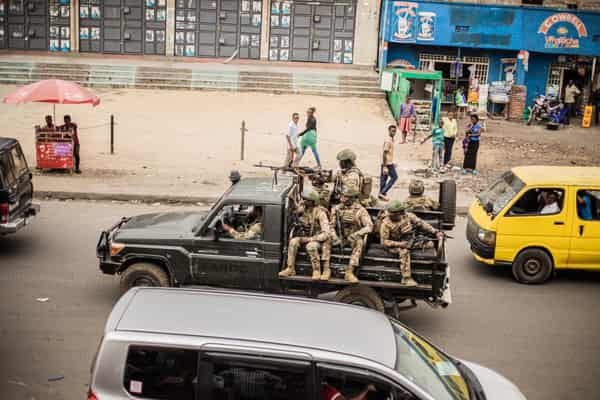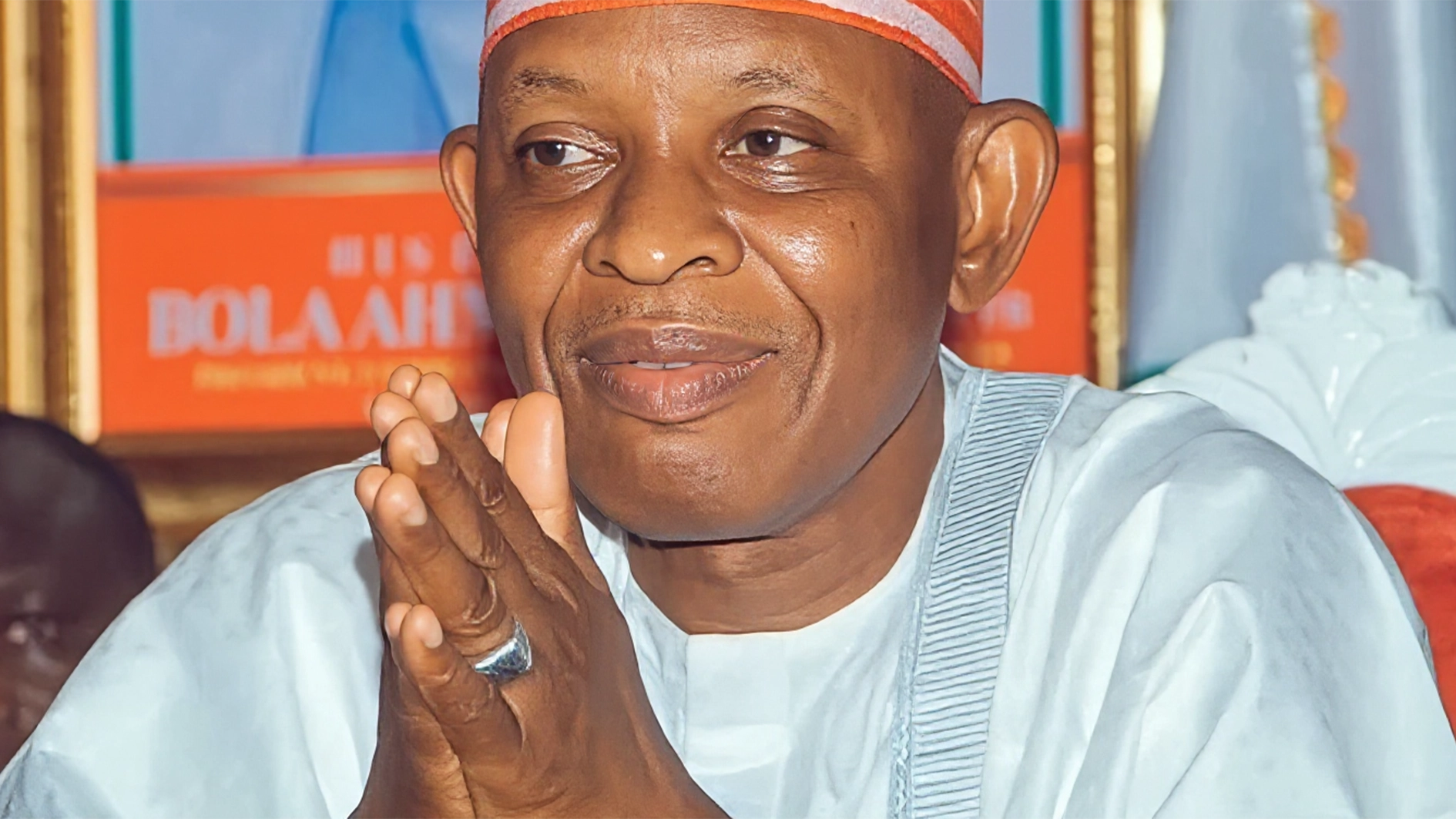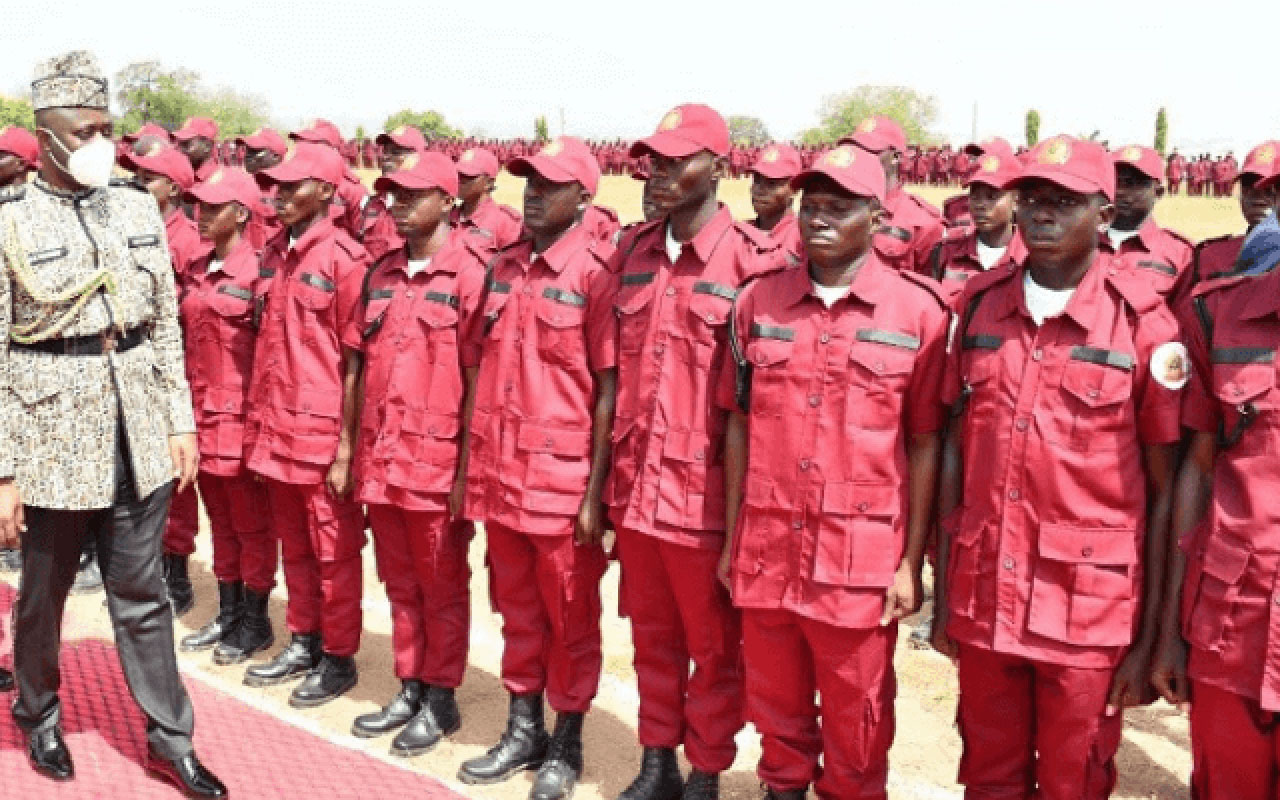
Whenever the Democratic Republic of the Congo (DRC) is mentioned, two things come to mind- the first is goldmine and glory, and the second is complete, protracted, and intractable chaos. Congo-Kinshasa, from its unenviable era of being the personal estate of the evil King Leopold II, whose murderous rage left over 10 million hapless people dead and several million others handicapped by amputations or limb severance, through a brutish colonial control, to its current rudderless and unstable leadership since 1960, has not known a moment of peace or tangible development.
Although its soil boasts the most strategic resources that have defined human and global transitions for foreign powers outside Africa to an age of the exotics, the DRC, like most of Africa, remains in abject squalor. It is orphaned by a monumental loss, misuse, and overexploitation of its resources in the hands of a few external actors and their unthinking internal collaborators, leaving only the crumbs left of its national revenue for a population of 109,276,265.
Congo has everything the world needs and that can make it the wealthiest nation on earth. Crude oil, Gold, Copper, Diamond, Cobalt, Coltan, Lithium, Chromium and Platinum. Name it, Congo has it all. It is the largest producer of cobalt, and its production of coltan is one of the most significant in the world. However, despite its annual revenue of $69.474 billion, most of which comes from copper and cobalt, neither the cities, towns, infrastructure, nor the per capita income reflects these enormous national fortunes. From Dictator Mobutu, to his successors, including Power drunk Kabila I and II, and Bigman Tshisekedi, it has been a long story of one incompetence or corruption too many.
Congo’s problem is not limited to the incompetence or greed of its leaders. It extends to the endless conflicts and violence in its eastern region, particularly North Kivu, South Kivu, and Ituri. These other territories have witnessed perpetual armed conflict and violence, which have resulted in widespread displacement and a severe humanitarian situation. The reasons for these endless conflicts are not far from the prognosis. This eastern part of DRC is a mineral-rich and natural resources-endowed place.
All the resources highlighted above are located in this region. Goma in North Kivu, home to more than 1,000,000 million people and the country’s resource base, is the epicenter of the crisis. The second major reason is that there are too many hawks and groups with insidious activities and sinister ambitions lurking around this region, yet there are fortune-hunters and greedy cowboys locking horns to outdo one another and have the bigger grab of the numerous goldmines in this region. Aside from these, there are yet many vultures hanging around who do not mind scavenging from the leftovers.
The real problem with eastern DRC lies in those two problems. Let us examine the second factor (groups with sinister motives) before the first, because of its Africa importance. After the Rwanda genocide against the Tutsi, those who led the war room for the organised crime of 1994 fled to eastern Congo and floated a ‘new Rwanda’ kingdom backed by the Mobutu and later Laurent Kabila government. This group of fugitives and renegades sought not only to return to Rwanda but also to resume the killings and re-establish their Hutu Power regime. Their primary goal was to re-own Rwanda by violent means, which, 31 years after, they have not given up. Yet, they have had a field day in eastern Congo all this time.
This leaves their 1994 nemesis, the Rwandese Patriotic Front-led government with no choice but to critically weigh strategic options to prevent another carnage or threat to national sovereignty, secure the homeland, and seek stability in the neighborhood. To achieve these, the RPF must either work with their neighbors or find other means to nip the impending dangers in the bud. America would do the same, and in fact, Donald Trump believes that America is safer and stronger only when its neighbors are safe enough and dependable. This has defined his ‘America First’ agenda, which he has pursued with so much vigor since his assumption of office on January 20, 2025.
The northwestern borders of Rwanda have been under threat since 1994 because of Congo’s vulnerabilities along its northeastern borders, which it shares with Rwanda. The old foes are still active. The Democratic Forces for the Liberation of Rwanda (FDLR), the genocide-era Hutu Power armed group along with their foot soldiers, Interahamwe, started their carnage in the UN refugee camps and beyond just weeks after the genocide. Over the years, they have become more sophisticated, using eastern DRC as their base, and launching deadly attacks into Rwanda through Musanze and other Northern Rwanda hills, with the Congolese government at different times found wanting on all occasions and not taking responsibility. When Rwanda opted to take strategic steps, including supporting Laurent Kabila to gain power in DRC to provide stability and a secure neighborhood, the move was later misunderstood as Rwanda’s ambitious foreign policy to seize control of Congo’s natural resources. In addition, this has been the narrative of successive presidents, who have sold this same story to their people and their friends in the international community.
Funny enough, the international community, which is directly involved and the chief culprit in the pillaging, violence, and running of criminal gangs to loot all those resources, are the same people who are judging the matter and apportioning blame. They are certainly enjoying the single narrative that fellow Africans in the neighborhood are the cause of the chaos in eastern Congo. This suits their agenda.
To be continued tomorrow.
Professor Folarin is an International Relations scholar and Political Scientist, who teaches at Texas State University and several African universities.






